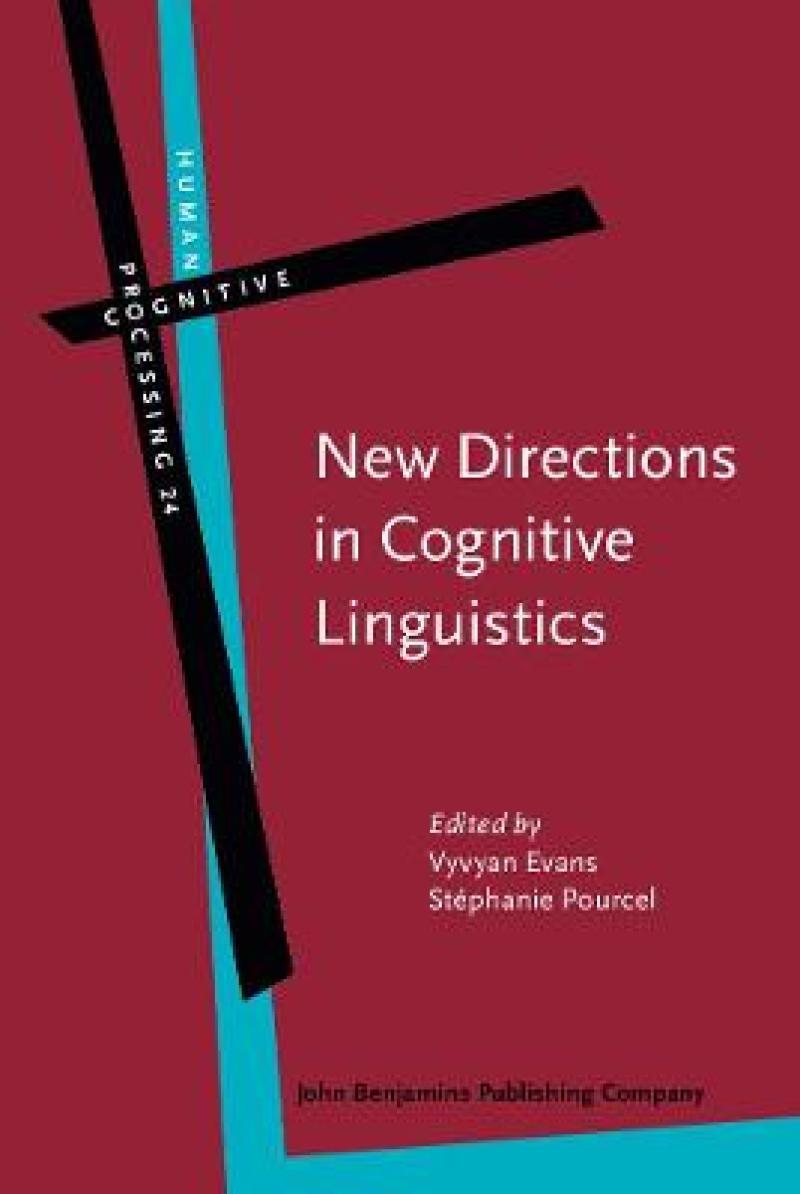New Directions in Cognitive Linguistics presents us with a fascinating snapshot of various currents in the cognitive movement. [...] As a balanced collection of insightfully written papers on a number of topical issues, the volume is bound to stimulate further inquiry and research.
- Mario Brdar, Josip Juraj Strossmayer University, Osijek, in Review of Cognitive Linguistics, Vol. 8:2 (2010),
[...] this volume is a valuable contribution for Cognitive Linguistics as a discipline: First, its collection of articles represents a great body of knowledge in various topics. Second, it implicitly makes clear what the dangers of current developments are: the divergence of theoretical and empirical approaches, a lack of debate about existing theories, and extensions beyond the interest for linguistic research. But thirdly, and most importantly, the volume hints at ways in which these challenges can be met.
- Juliana Goschler, Carl von Ossietzky University of Oldenburg, on Linguist List 21.2791 (2011),
All in all, the collection gives a coherent and comprehensive representation of both state of the art and innovative conceptual frameworks and methodological approaches in cognitive linguistic research.
- Karolina Krawczak, Adam Mickiewicz University, Poland, in Language and Cognition, Vol. 2:2 (2010),
